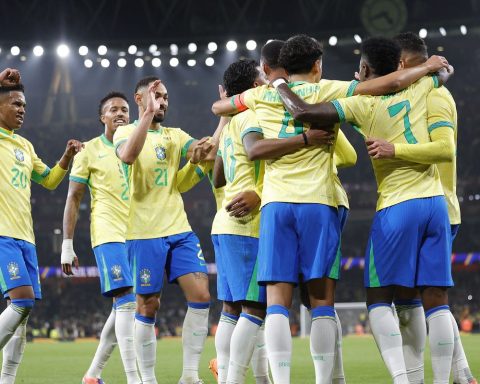Brazil closed the month of June with a positive balance of 201,705 formal jobs, a number 29.5% higher than in the same month last year. The result was the result of 2,071,649 admissions and 1,869,944 dismissals.
The balance is from the General Register of Employed and Unemployed Workers (Novo Caged) released this Tuesday (30) by the Ministry of Labor and Employment.
The five major activity groups recorded positive balances in June. The services sector generated 87,708 jobs, the commerce sector 33,412 jobs, the industry 32,023 jobs, the agriculture sector 27,129 jobs and the construction sector generated 21,449 jobs. The highlight for growth was in the industry sector, which registered an increase of 165% compared to June last year.
In the year to date (January/2024 to June/2024), the balance was 1,300,044 jobs and, in the last 12 months (July/2023 to June/2024), a balance of 1,727,733 jobs was recorded.
Only Rio Grande do Sul had a negative balance among the states (-8,569), still due to the floods recorded in May. Even so, the state shows a recovery trend in relation to May, when a drop of 22,180 thousand jobs was recorded. “We thought it could be worse, with more layoffs. Despite being negative, it surprised us positively”, said the Minister of Labor and Employment, Luiz Marinho, highlighting that next month the balance of jobs should still be negative in the state.
The average real salary for new hires in June was R$2,132.82, a drop of R$5.15 (-0.2%) compared to the value in May. Compared to the same month of the previous year, the real gain was R$43.28 (+2.1%).
Fees
When presenting the employment data for June, the minister highlighted the need to resume the process of reducing interest rates in the country. According to him, with lower interest rates it is possible to have better salaries and less informality.
“There is no reason not to resume reducing interest rates again. We hope that our colleagues at the Central Bank will take a look at what is happening in the economy, in the labor market, in industry, in the real world and can resume reducing interest rates, because this greatly helps both credit and investment. And investment presupposes generating jobs,” he says.
The Monetary Policy Committee (Copom) decided, at its June meeting, to interrupt the interest rate cut cycle that began almost a year ago, maintaining the Selic rate at 10.5% per year.
Marinho expects the accumulated number of jobs in 2024 to reach 2 million.
















